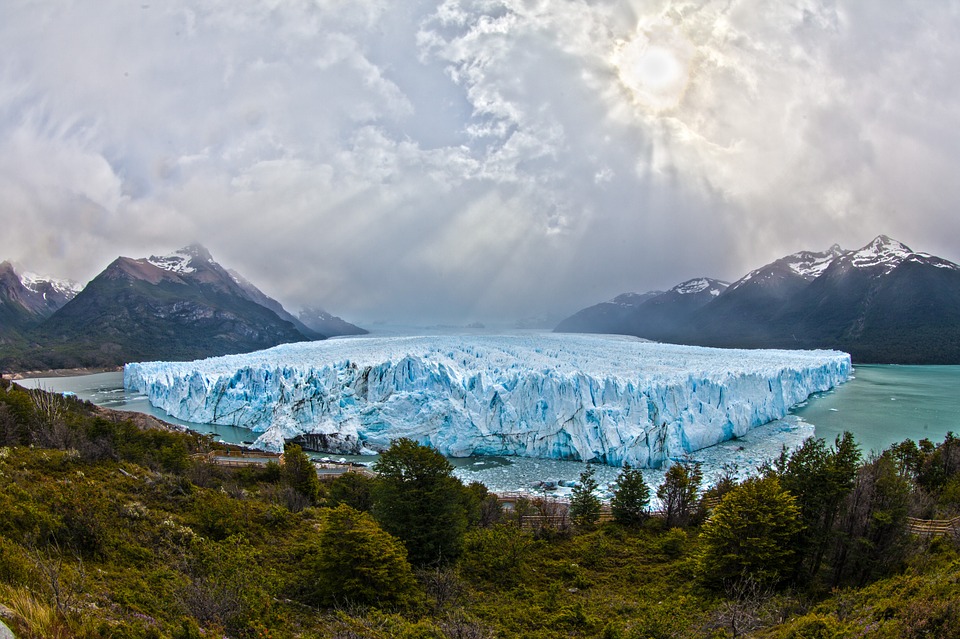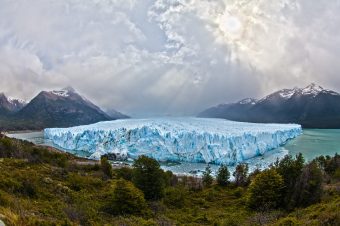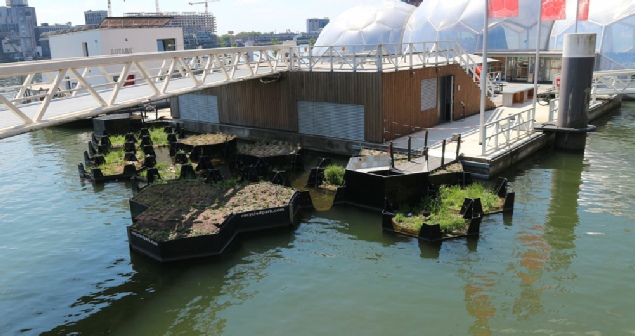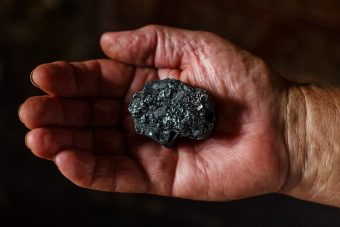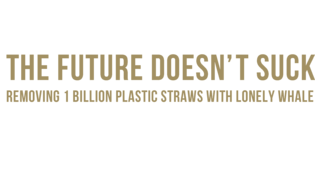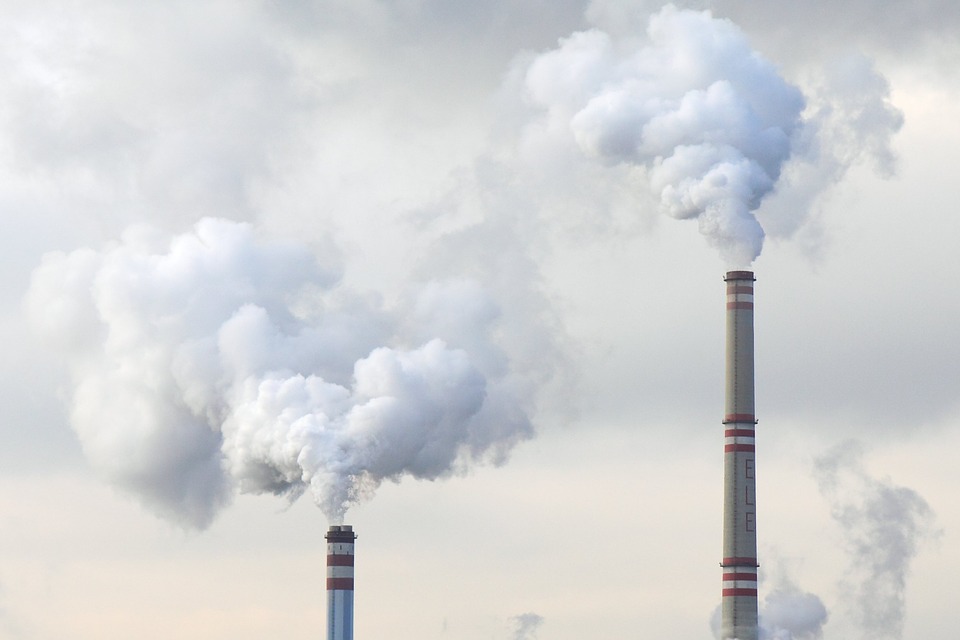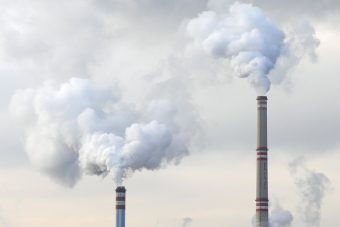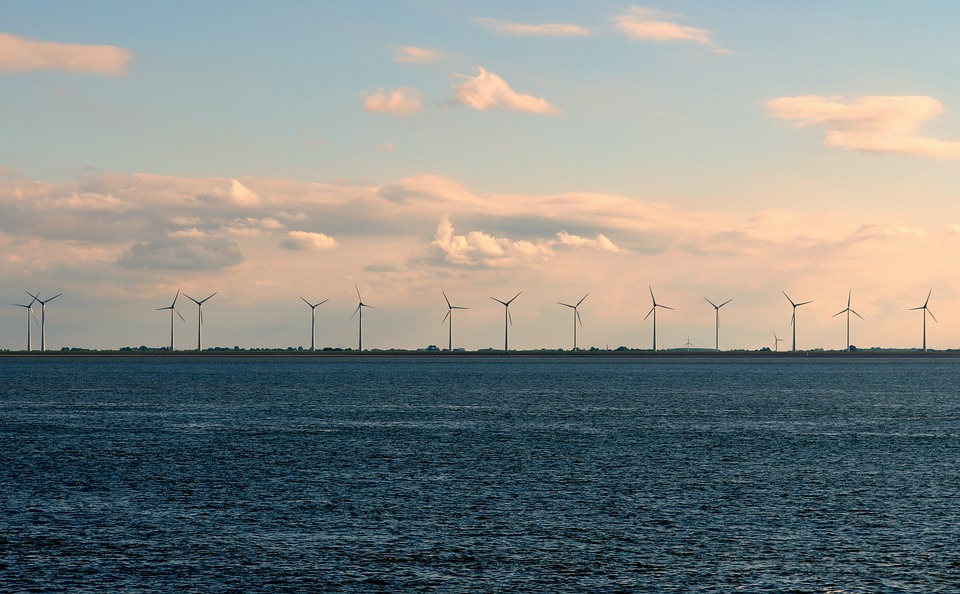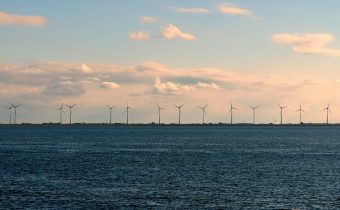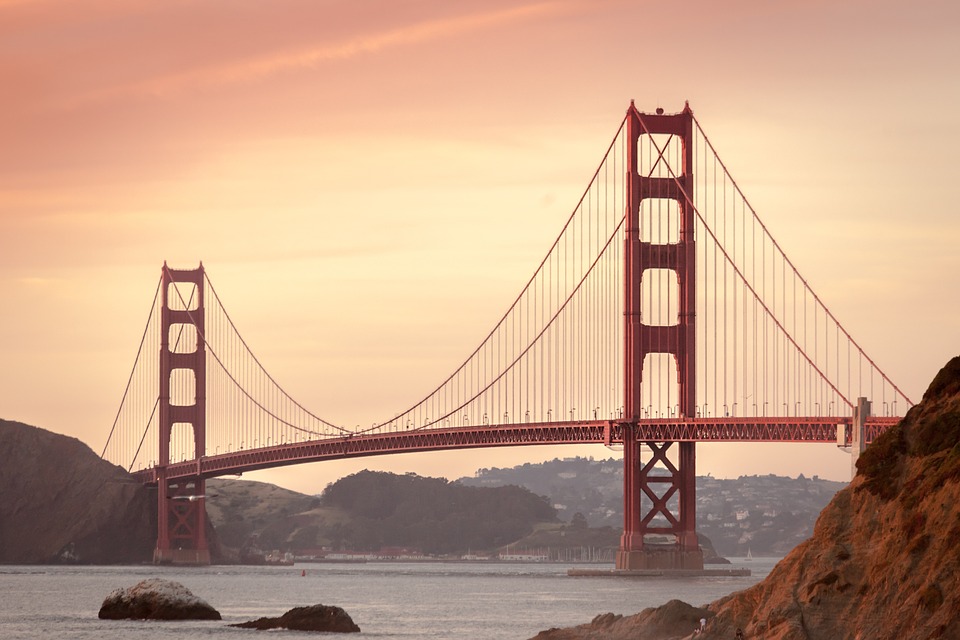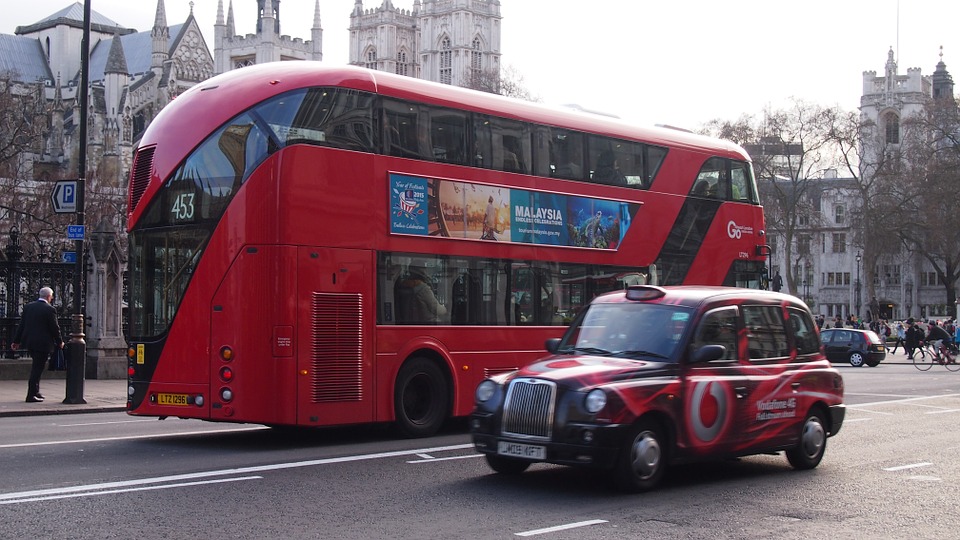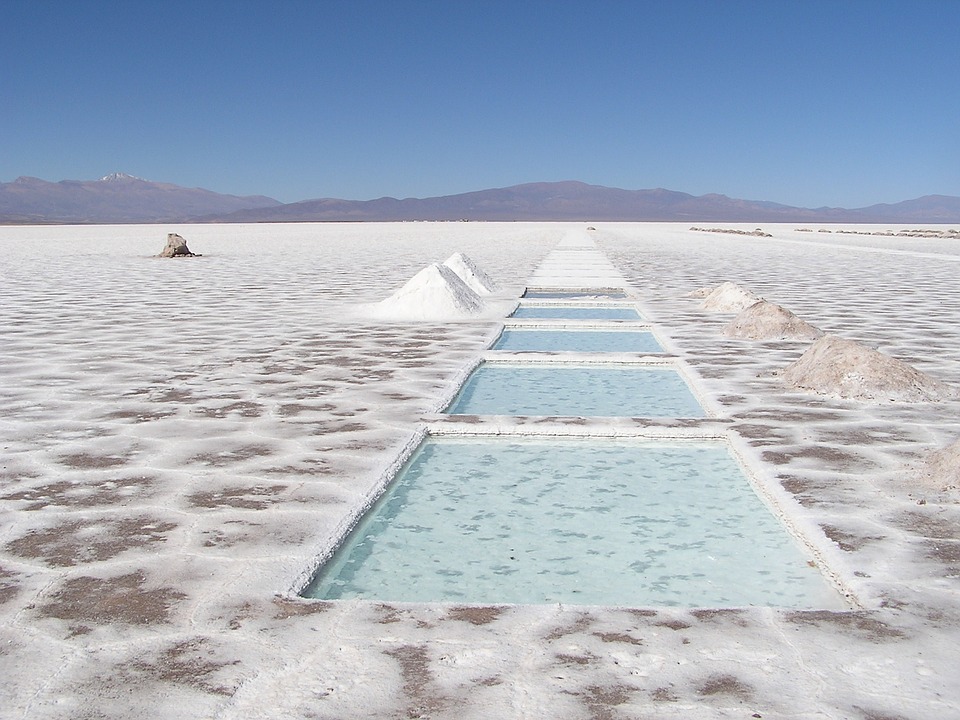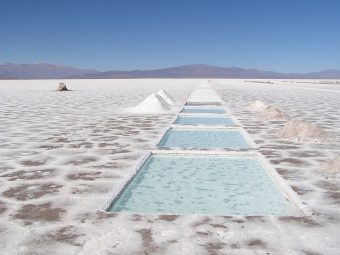
WeWork, the real estate company that rents out and manages office space, has announced that they will no longer hold any staff events that include meat, and that staff will not be able to expense any meals that include poultry, pork or red meat.
In an email to staff, WeWork co-founder Miguel McKelvey also said that WeWork’s upcoming Summer Camp event, a music and food festival which is only open to WeWork members, will not serve any meat options. Tickets to the event cost as much as $409 (£309) – a high price based, in part, on the free food available once on site.
McKelvey said the company was eliminating meat for environmental reasons. “New research indicates that avoiding meat is one of the biggest things an individual can do to reduce their personal environmental impact, even more than switching to a hybrid car.”
The company estimates that the policy will save 445.1m pounds of CO2 emissions and 15,507,103 animals by 2023.
The Guardian US is based at one of the many offices run by WeWork in New York City. Currently on the event schedule is a TGIM with Capital One event that promises “mini doughnuts and bacon, bacon, bacon”. This is one of many events promising to serve meat at WeWorks across the world – even as the policy was being announced, at the Corrigan Station WeWork in Kansas City lunch is being provided from Monk’s Roast Beef as part of “food truck Friday”, for example.
When the Guardian spoke to WeWork about whether these events would be cancelled, a spokesperson said they would not, and clarified: “This policy only applies to events paid for by WeWork. Members and employees are welcome to bring in meat for meals, and members are welcome to serve meat at events they host … we are working with vendors to align our commitment for previously scheduled events, and meat will not be served at events hosted by WeWork moving forward.”
This is likely to create headaches for the company, as many of its events are held in partnership or as promotion for other brands – the lines of what counts as the WeWork budget is likely to be blurry.
WeWork is valued at about $20bn, although some analysts believe it is worth even more. Only Uber, Airbnb and SpaceX have higher valuations among US startups. The company’s business model involves buying up offices in cities across the world and then renting the spaces back out to businesses and individuals. But unlike other real estate companies, it also provides office services to its tenants – such as free coffee, yoga classes and regular networking events as well as more basic concerns like toilets and security.
Source: Guardian



